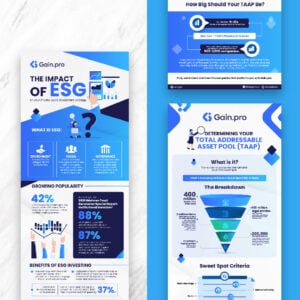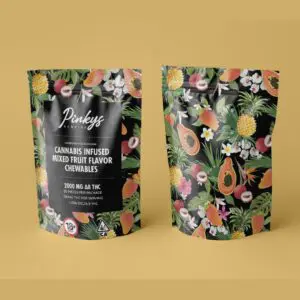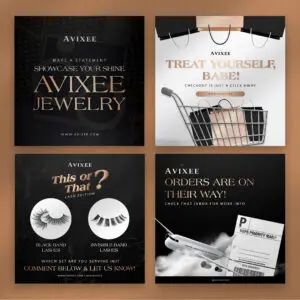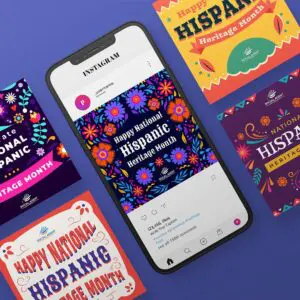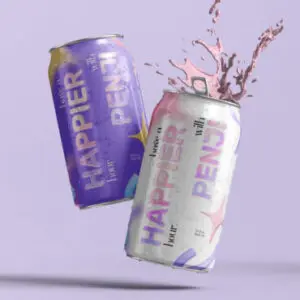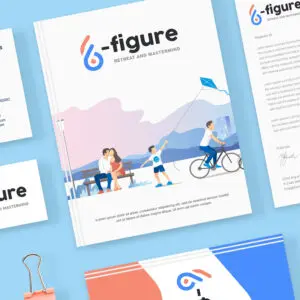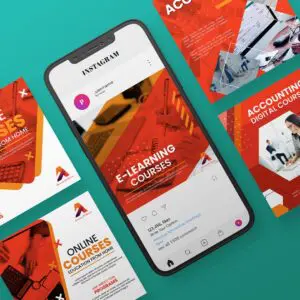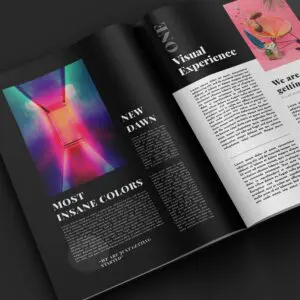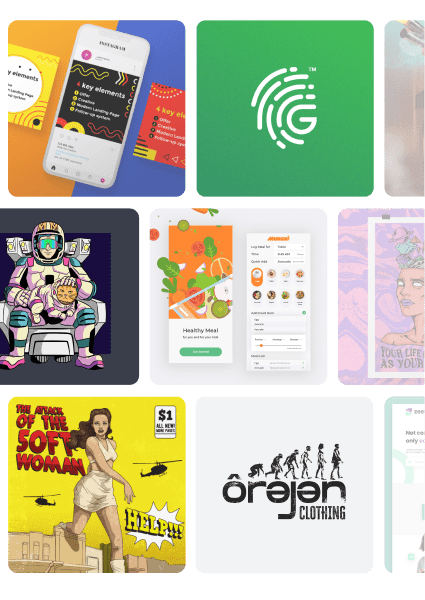
Branding is an integral part of forming a successful business. We would never recognize Nike, McDonald’s, and Google without their logos or other visual elements? Research shows humans retain visual information far better than text. So when you invest in branding, you’re far more likely to make a lasting impression on customers. If your budget is small, DIY branding might be all you need for now.
But before we get to the process of DIY branding, let’s look at assets in branding and how design plays in.
What Are Assets in Branding?
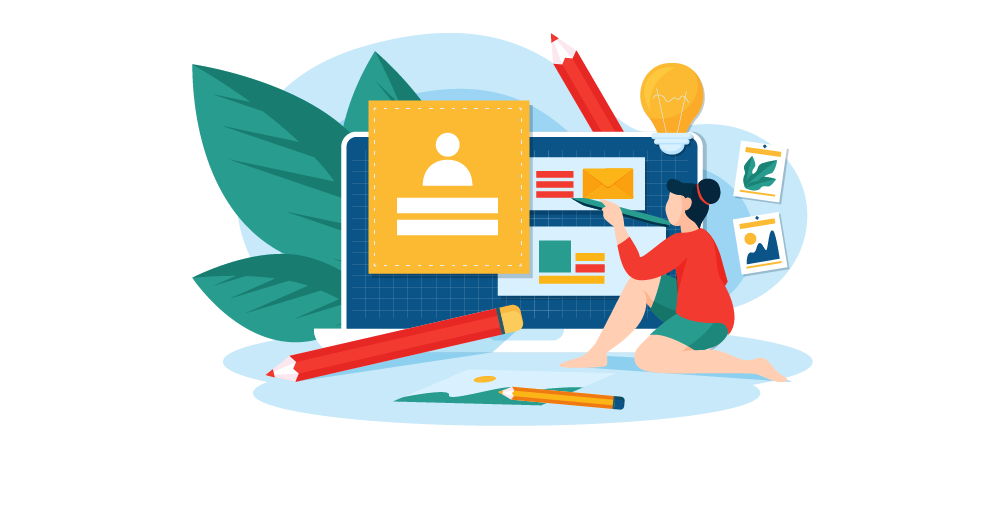
- Logo
- Color palette
- Typography
- Graphics
- Packaging
- Mascots
- Design elements
All those are for branding design only, and there are many more to discover. And with these in mind, here’s what you need to remember about DIY branding.
1. Start with Research
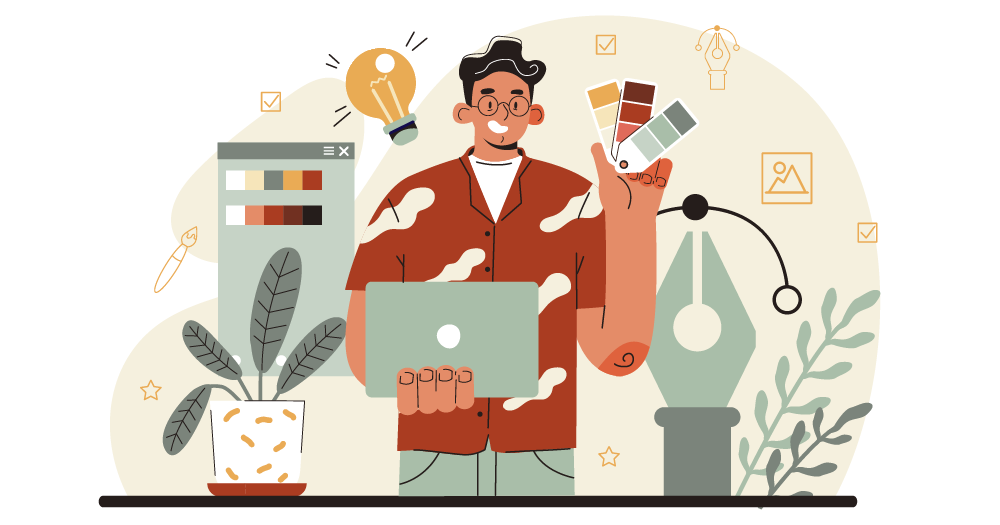
The first step of DIY branding is researching. You will have to extensively research logo types, appropriate color schemes, typography, competitor logos, and branding.
For some businesses, it might come easily to them to know what they want for their brand. However, some business owners may take time to figure it out, and that’s okay.
That’s why doing your homework is crucial. One, you want to make sure that you’ve covered your bases before starting on your branding designs. Two, your brand should stand out from the crowd. What if you and the competitor had the same idea with the color scheme or logo design? You want to avoid that situation and create a better brand identity. And three, you want to make sure that the logo will also resonate with your target market.
How about the non-design elements of branding? Should you also work on those during this step? Yes, you should. However, designs are crucial because when you start a business, you immediately want to have an online presence upon launch. You can hold off working on your other branding assets once you finalize the designs.
2. Choose Basic Elements
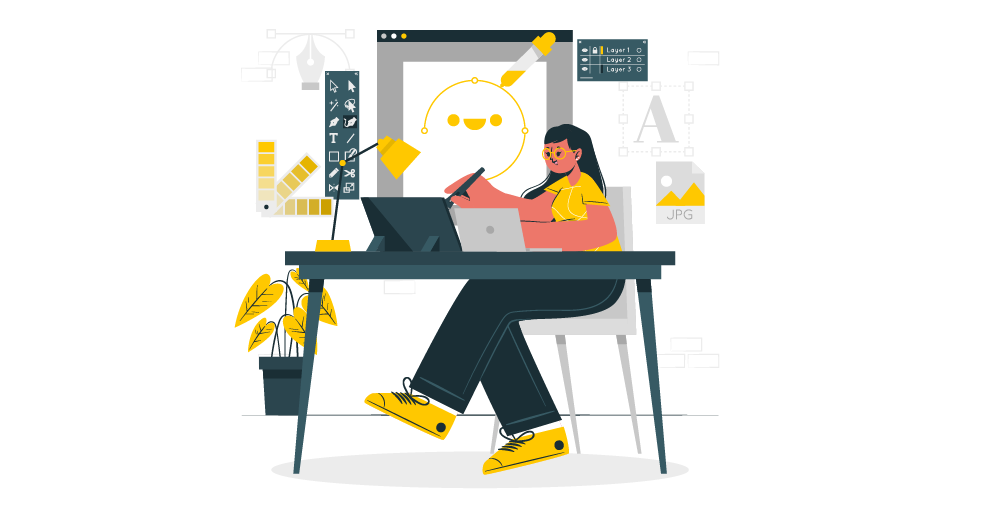
When it comes to DIY branding, you’re likely identifying the color palette and typography and conceptualizing a logo all at once. This process can get overwhelming since you want all of your choices to come together and be cohesive.
When it comes to color palettes, you don’t have to worry about picking which colors work well together. You can use these color palette generators or tools:
- Coolors
- Adobe Color
- Paletton
- ColorSpace
- ColorHunt
As for fonts, you can look at font sites like 1001 Fonts or Adobe Fonts to give you an idea of what fonts would work for your business.
It can be overwhelming having to do all of these. However, you can take these step-by-step, like choosing a color palette first. Then you can move on to typefaces and, finally, your preferred logo type. If you have these three down, you can slowly work on other branding designs and assets.
3. Put It All Together
Let’s say you’ve figured out what colors, text, and logo style you want for your branding. The next step is to use a graphic design software to see what works for your business. It can be intimidating to use a software at first, especially if you don’t have design experience. But most of these software applications are beginner-friendly and intuitive, you can make a simple logo from scratch.
Many small businesses have now also discovered AI logo makers, which eliminates the actual creation process. Instead, AI logo makers will create a logo for you while you choose preferences, such as color palettes, logo styles, and more.
This is one branding aspect that you’ll have to spend some time in because sometimes colors, text, or logo types don’t click the first time. And you have to mix colors, fonts, or logo types.
One thing to remember during this step, too, is that you should experiment with your logo variations. A principle in logo design is versatility. This means that the logo should look good in different colors or any scale or layout.
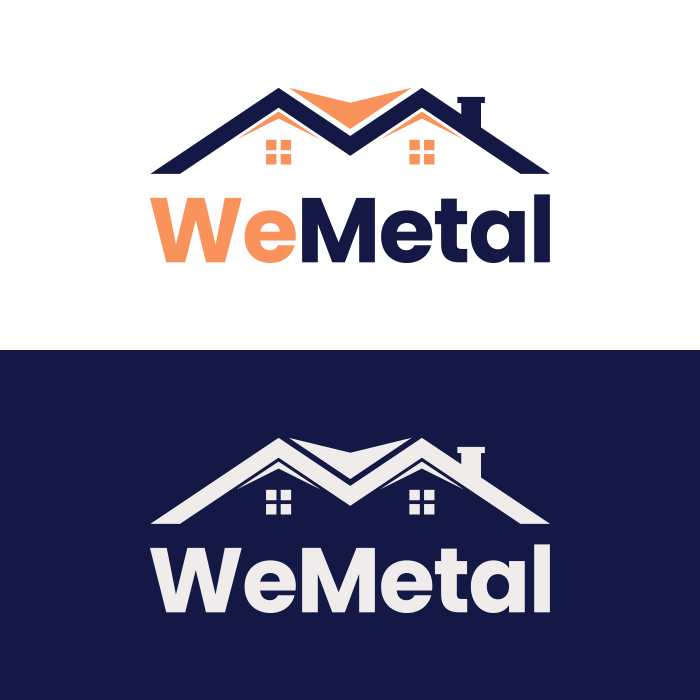
Take this logo example from Penji. You can make a monochrome version of your colored logo if you need to add the logo to a darker background.
4. Add Brand Assets to Digital & Print Materials
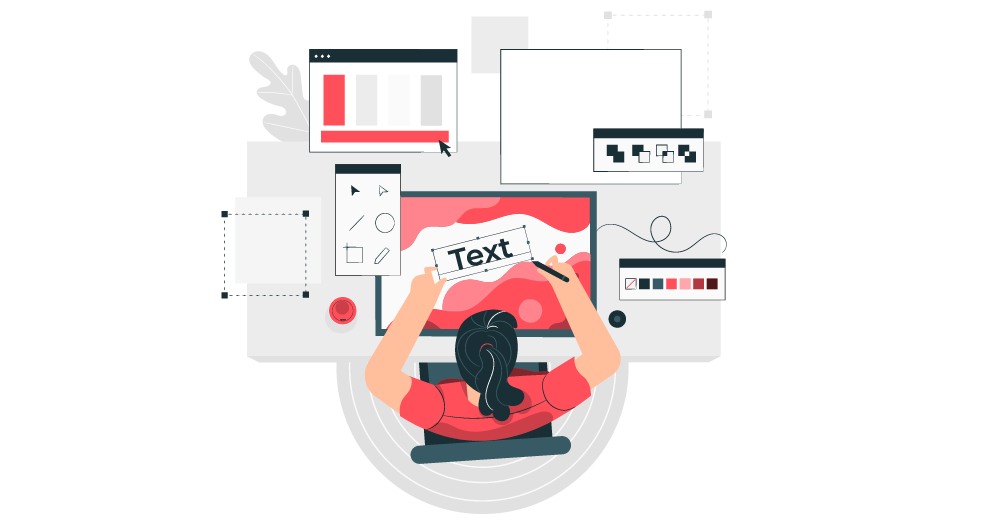
Once you have finalized your branding designs, you need to check if your logos, colors, and fonts would look great on different mediums.
At this stage, you need to check if you need more adjustments on how the logo should look on your website or app, for example. For color palettes, you want to decide on the main color, then choose complementary colors as accents. Finally, for fonts, you need to decide which fonts to use on the headings or the body of the text.
It’s important to test these first before launching your site or using them on your social media profiles, emails, merchandise, printed ads, and other materials. This way, you are establishing an identity and personality with these elements.
5. Building Your Personality
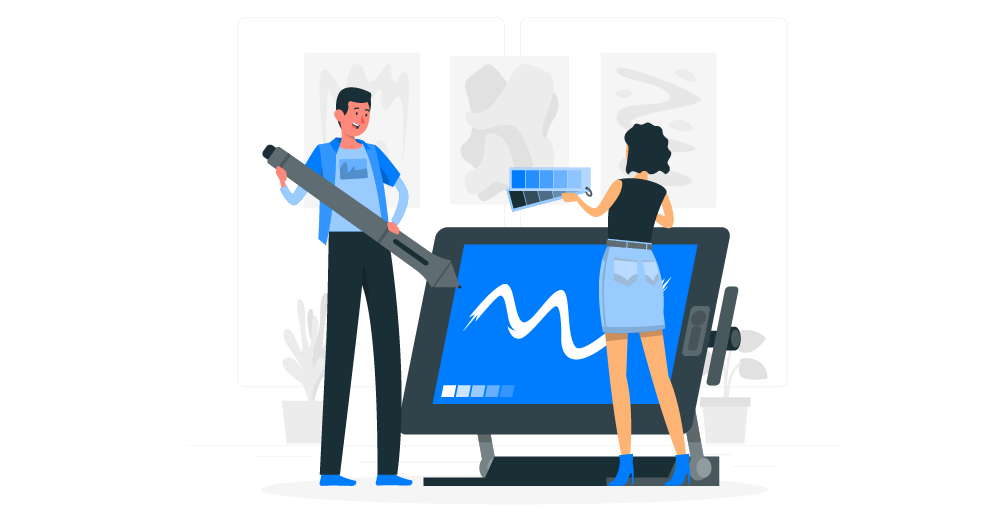
When you have your designs ready, your brand identity doesn’t stop there. Remember, you need to build your brand as well. You can start with your brand’s “voice” and pair that with graphics or use it to write blogs or copy that will engage your target audience. Plus, as time goes by, you can even elevate your designs. But keep to your roots and stick to the color scheme, logo, and text while posting high-quality images or videos.
Branding doesn’t stop once you have all the assets ready. It’s constant work to ensure that your brand will be the go-to one for your target audience.
Here’s How Penji Can Help You with Brand Designs
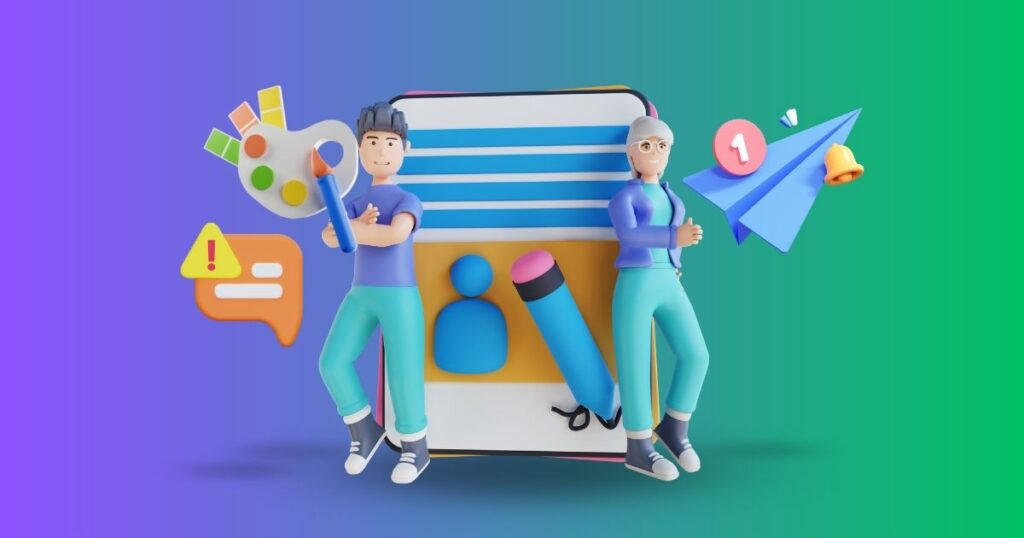
DIY branding can be a cost-effective and rewarding approach for individuals or small businesses to establish their brand identity. However, it requires careful planning, creativity, and consistency to ensure the brand message is conveyed effectively to the target audience.
If you need help, make sure to partner with the right graphic design service. Penji is here to make your branding designs come to life.
You can subscribe in just one click and request your branding designs on the Penji dashboard! Add your preferred colors, typography, logo, and graphic inspirations to your design brief. This way, our designers will know which direction to go. See how Penji works here.
About the author

Katrina Pascual
Katrina is a content writer specializing in graphic design, marketing, social media, and technology. In her spare time, she writes monthly personal blogs to practice her craft.

